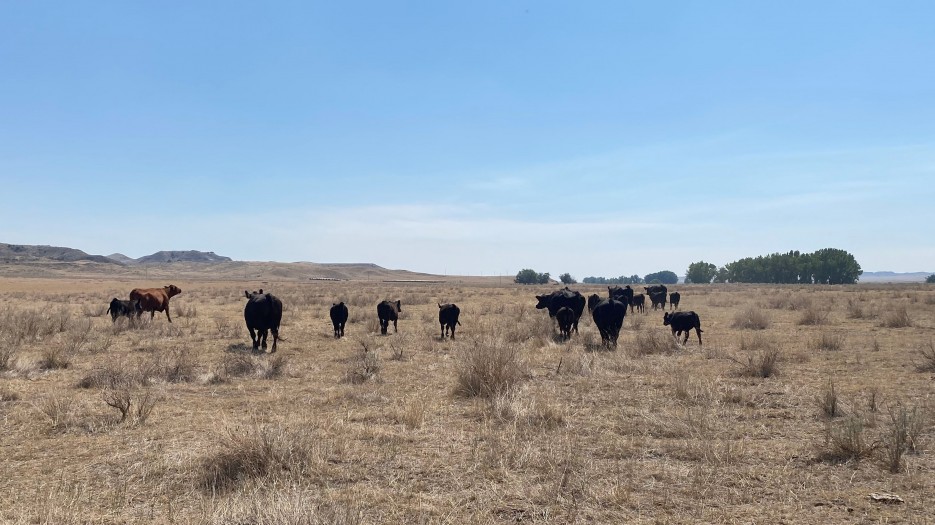Ranchers and livestock producers may be eligible for financial assistance through the Livestock Forage Disaster Program for 2021 grazing losses due to a qualifying drought or fire. Farm Service Agency Administrator Zach Ducheneaux says, “FSA is here to help offset these economic hardships and help producers rebuild with resilience.” The deadline to apply for the program is coming up on January 31, 2022.
For the 2021 program year, 901 counties in 26 states and territories met drought severity levels that trigger eligibility. More than $473.1 million has been paid, to date, to livestock producers eligible for 2021 funding. Every county in Montana and North Dakota is eligible for the LFP program. All but 1 county in Wyoming is eligible and all but 4 in South Dakota.
For the Livestock Forage Disaster Program, qualifying drought triggers are determined using the U.S. Drought Monitor. The program provides payments to eligible livestock producers and contract growers who also produce forage crops for grazing and suffered losses due to a qualifying drought or fire during the normal grazing period for the county.
To expedite the application process, producers are encouraged to gather and submit records documenting 2021 losses. Supporting documents may include information related to grazing leases, contract grower agreements, and more.
The Emergency Assistance for Livestock, Honeybees, and Farm-Raised Fish Program (ELAP), also has a Jan. 31, 2022, deadline. ELAP provides eligible producers with compensation for certain feed losses not covered by LFP as well as assistance with transporting water to livestock and feed transportation expenses.
The ELAP program was expanded in 2022 due to the drought limiting available feed resources. Eligible ranchers will be reimbursed 60% of feed transportation costs above what would have been incurred in a normal year. To be eligible for ELAP assistance, livestock must be intended for grazing and producers must have incurred feed transportation costs on or after Jan. 1, 2021. Although producers will self-certify losses and expenses to FSA, producers are encouraged to maintain good records and retain receipts and related documentation in the event these documents are requested for review by the local FSA County Committee.
Both crop and livestock producers can expect additional aid from USDA for losses incurred due to the drought and other weather-related challenges. The WHIP+ program was reauthorized for 2020 and 2021 and during last week’s House Agriculture Committee hearing, Ag Secretary Tom Vilsack shared that beginning this spring, payments will be distributed to farmers and ranchers in two tranches. The first tranche would be based on information USDA already has already received for crop insurance and disaster assistance programs. For the livestock portion of the aid, USDA will leverage LFP data, not requiring producers to fill out an additional application.
###
USDA/NAFB


